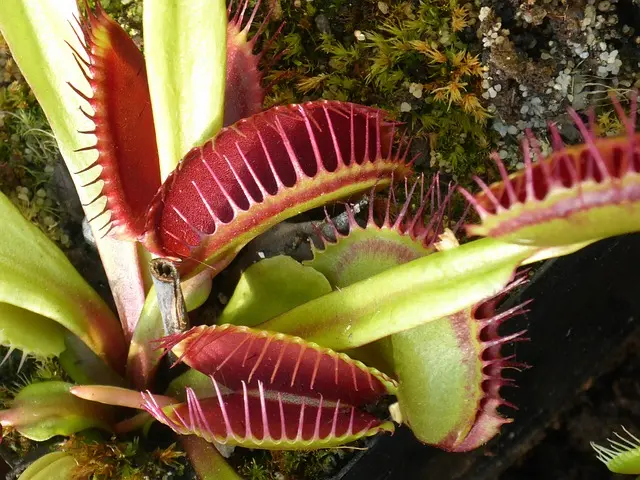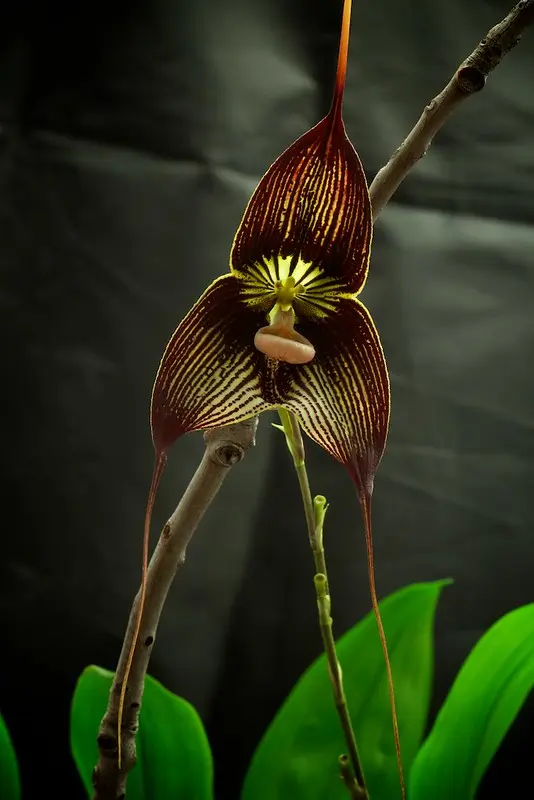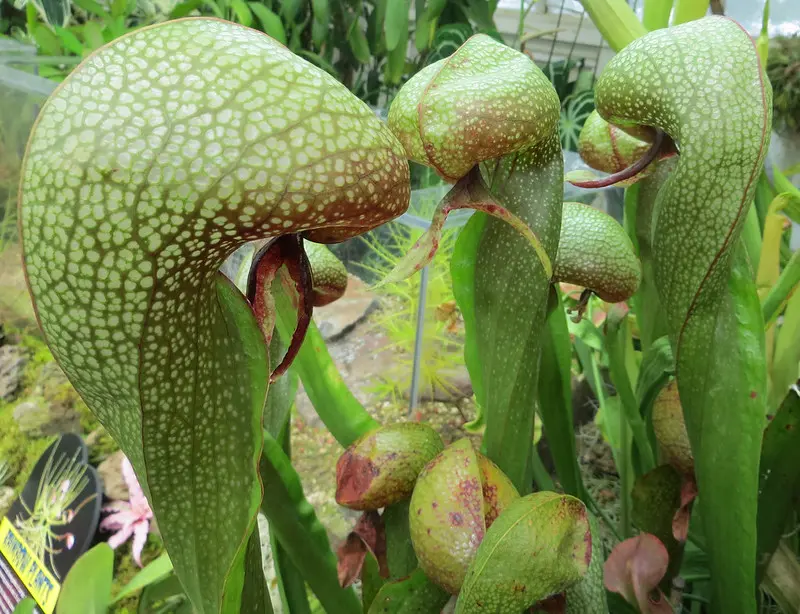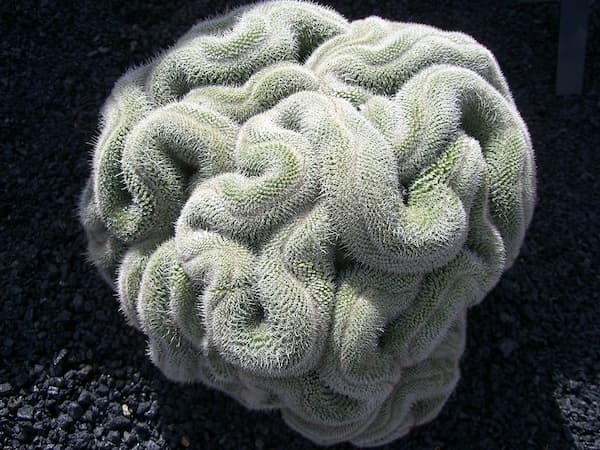Your cart is currently empty!
Gardens Ottawa History Presentation
This is a super interesting video of a slide presentation for anybody interested in Ottawa’s garden history dating back to the 1800’s
Your cart is currently empty!
With Halloween around the corner, let’s have a bit of fun. Here are five scary plants that would do any fright night justice.
Starting off the show is an all time favorite and one of the most famous of scary plants – the Venus flytrap.
Once called by Charles Darwin “one of the most wonderful plants in the world,” this creepy predator has hinged leaves and teeth-like cilia that snap shut the moment it feels an unsuspecting insect.
Not only that, it’s so smart it actually knows the difference between a raindrop and live prey!
Lucky for us, spiders, beetles, ants and other creepy crawlers are the Venus flytrap’s preferred food. So, for now, your finger is safe!
When it comes to caring for your Venus flytrap, think good sunlight and damp soil. Use rain or distilled water. Read here if you’d like to learn more about Venus flytrap care.

White baneberry, also known as doll’s eyes, is a popular garden plant. This gal produces white berries with deep purple dots that look like pupils. And this gives it the appearance of creepy dolls’ eyes. Is this the spookiest among scary plants?
But the scariest part of white baneberry isn’t its appearance. It’s that the entire plant is toxic to humans and animals. Only birds are immune to its harmful effects.
Regardless of its creepy looks and toxicity, a doll’s eyes is often a favored garden plant. Because the flowers and berries provide visual interest to the garden from spring through frost. And, they don’t require a lot of care. A shadier spot with rich, damp, well draining soil and it will be happy.
Between the fang-like spurs on the sepals and the fact that several species are blood red in colour, Dracula orchids are said to look a bit like – well, what else – but vampires.
Not only that, their unique flower has a warty texture, giving it the illusion of having two eyes. Talk about scary plants!
Unfortunately, the Dracula orchid is difficult to grow indoors and is one of the rarer orchids to find.
They’re natives of South America and require very high humidity and cooler temperatures. Check out this article from the American Orchid Society to learn more about the types and care of Dracula orchids.

The cobra plant, also known as the cobra lily or California pitcher plant, resembles a striking cobra. And just like the flytrap, this guy is also another carnivorous plant.
Out in the wild, it’s native to North America and found in boggy areas with poor nutrients. Because of this, it snacks on insects to help supplement the meager soil.
A cobra lily secretes an enticing scent that lures unsuspecting prey into the hood of the plant. Once inside, their poor prey becomes trapped. In the meantime, the plant secretes digestive enzymes to break down the captured prey’s body.
As for care, the key to a cobra lily is lots of filtered sun and soil kept moist with cold, filtered water.
Thinking about growing one? Take advantage of this plant’s carnivorous nature and place it where you might have frequent bug activity. And if you’d like to know more about growing a cobra plant, then check out this article from The Carnivorous Nursery Authority.

One look at this fella and it’s easy to see how it came by its common nickname.
This native of Mexico has a unique, crested shape formed from dense oval columns. The combination results in a plant that looks more like the organ inside our heads than something you’d see inside a pot. All you need is a skull to complete the look!
However, though this cactus make look like a brain, lucky for us, keeping it happy doesn’t require the care our thinking member does. In fact, brain cacti are fairly easy to care for. Lots of bright light and water sparingly, and you’ll have a happy plant.

This is a super interesting video of a slide presentation for anybody interested in Ottawa’s garden history dating back to the 1800’s
Hibiscus are hardy perennials, while others are annuals, shrubs, or tropical plants. Hibiscus plants are grown for a variety of uses.
Plants that love the sun may provide vitality and colour to bare regions in the landscape. Read on for ideas.
American Elder provides an incredible summer floral display. At least 50 species of songbirds relish its fruit. Discover more.
An overview of plants that repel insects including Basil, Chives, Leek, Lettuce, Mugwort, Nasturtium, Onion, Rosemary, Sage, Sagebrush.
Chamomile tea and green tea are among the 7 teas and herbs that reduce anxiety and improve sleep which we discuss here.
GardeningCalendar.ca gets some funding from advertisers. If you click on links and advertisements at no cost to you, the site may receive a small commission that helps fund its operation.
© 2025 J&S Calendars Ltd.
Leave a Reply
You must be logged in to post a comment.